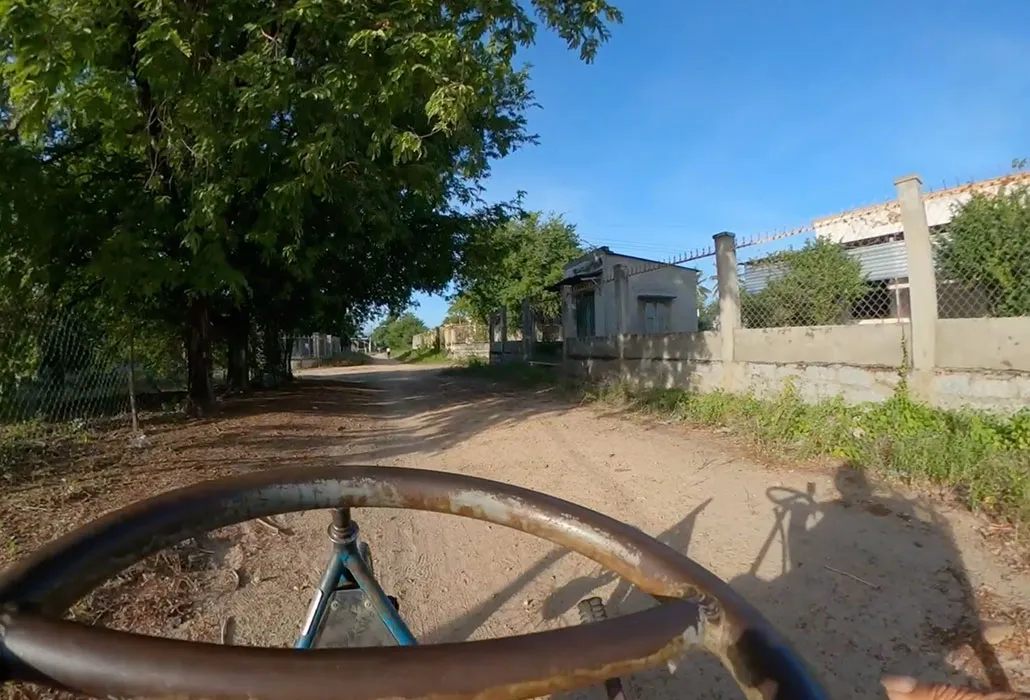
At Eye Level
At eye level with wheelchair users. Experience the day-to-day life of wheelchair users from their per-spective.
The world of people with a spinal cord injury from their perspective
Imagine having to manage your day-to-day life from a seated position. What would your life look like? Could you continue in your current job if you had paraplegia or tetraplegia? The perspective films of the Swiss Paraplegic Foundation aim to raise audience awareness of the topic of spinal cord injuries and to allow viewers to discover new perspectives.
The short film At Eye Level was filmed at the eye level of people with a spinal cord injury. The film shows how people in a wheelchair in different countries shape their day-to-day routines. Travel around the world with us and gain fascinating insights into the day-to-day life of a person with a spinal cord injury – from the perspective of being in a wheelchair.
The protagonists tell their stories.
Greece/Athens
27-year-old Georgia Kaltsi has been dependent on a wheelchair since a serious traffic accident in 2015. Although doctors predicted a chance of survival of just 1%, Georgia recovered quickly and her situation improved steadily. Despite her spinal cord injury, she was soon able to shape her life autonomously again.
“People with disabilities have to face difficulties every single day.”
Despite having regained her independence, Georgia has to face numerous difficulties in her day-to-day life. To her mind, one of the greatest obstacles is frequently inadequate accessibility. Disabled parking spaces and wheelchair accessible toilets are limited in Greece.
The state provides support for Georgia. Every month she receives a sum of money to cover her daily financial requirements. She also receives a discount of 1000 euros every five years for wheelchair purchases or repairs. However, financial aid for wheelchair production is rarely provided. “You almost always have to do most things yourself.”

Despite restrictions in her day-to-day life, her attitude to life didn't change. “Apart from the fact that I now do everything sitting down”, she adds. She still enjoys playing basketball in her free time. And she still drives, too. After her injury, she started working as a motivational speaker and a coach for people with disabilities. Through her active participation in society, she feels accepted and integrated.
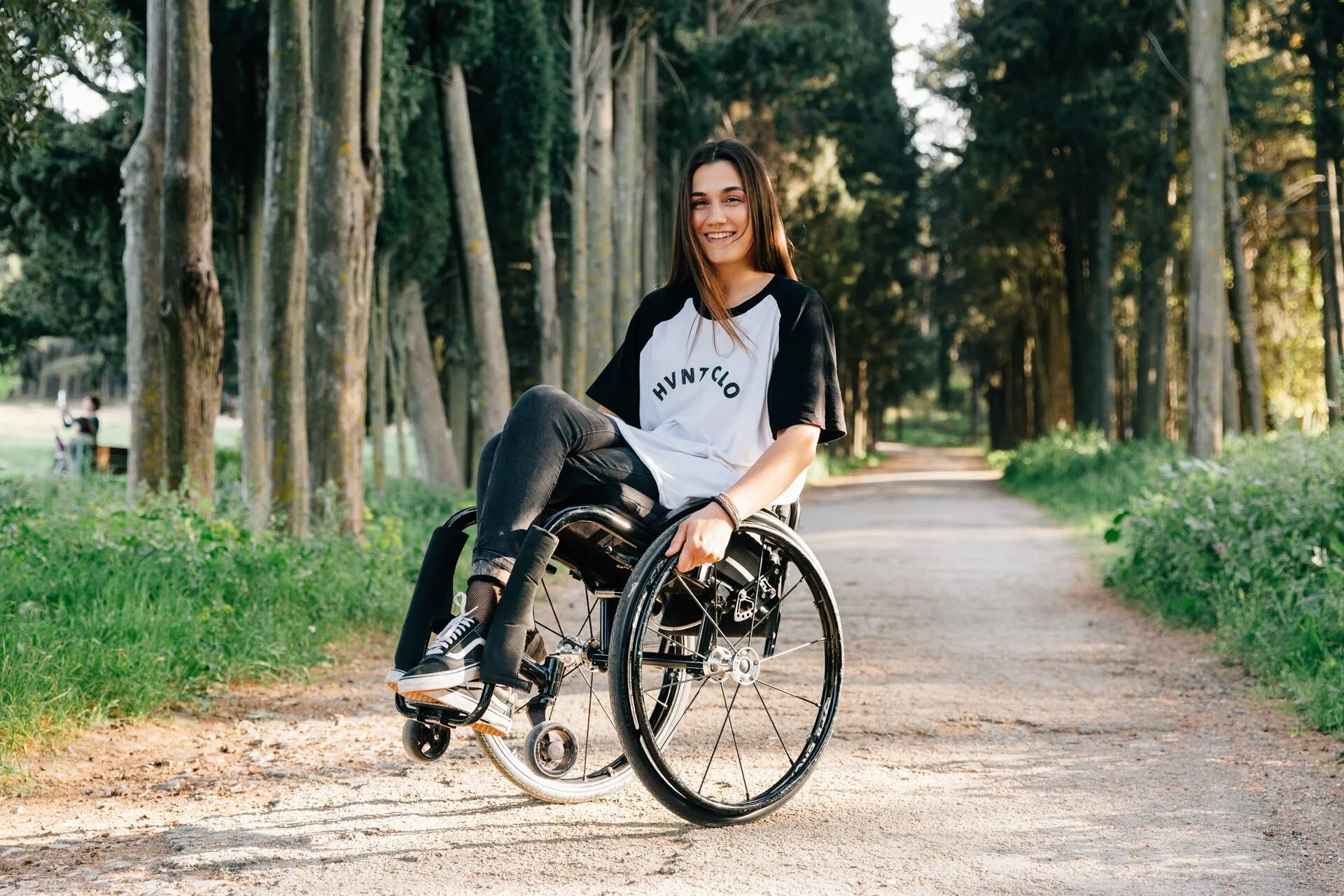
“Nothing changed after my injury. I saw it as a second chance in life, as motivation to fill my life with adventures.“
Vietnam/Quang Son
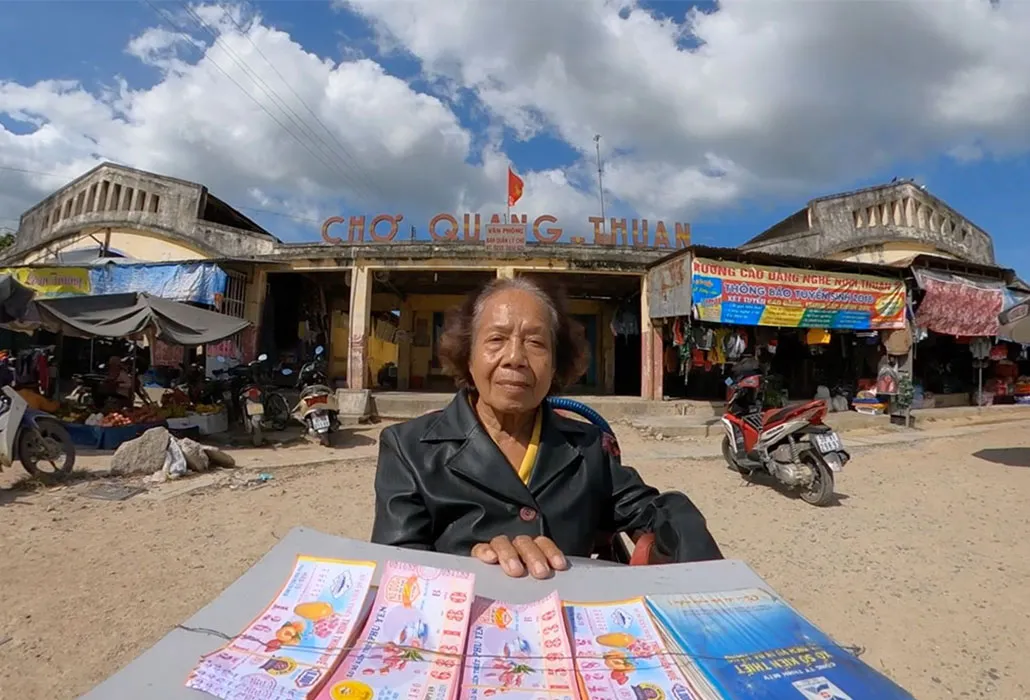
“My name is Nguyễn Thị Kim Cúc and I’m 72 years old. At the age of 7, I contracted polio and have had a spinal cord injury ever since.“
Although Kim Cúc has had a spinal cord injury for almost her whole life, she only received a wheelchair 25 years ago. «All I could do was crawl across the floor», she remembers. At the time, she received her first wheelchair from the government. The wheelchair, however, was not suitable for her body and was unable to provide the support she was hoping for. It was only after a visit to hospital that she was given a suitable wheelchair that she still uses today to get about with.
“I was sad a lot of the time and lost all self-respect.“
Kim Cúc does not feel part of Vietnamese society. She struggles with the fact that she is not the same as everybody else. When passers-by do not communicate with her at eye level, she feels small. Due to her spinal cord injury, she can only earn a living by selling lottery tickets, which is hard work for little pay. For one day's work she earns the equivalent of just three to five US dollars.
She nonetheless has not lost sight of her goals. With her job as a ticket seller, she would like to save enough money to better secure her future. “In case anything goes wrong“, she explains.
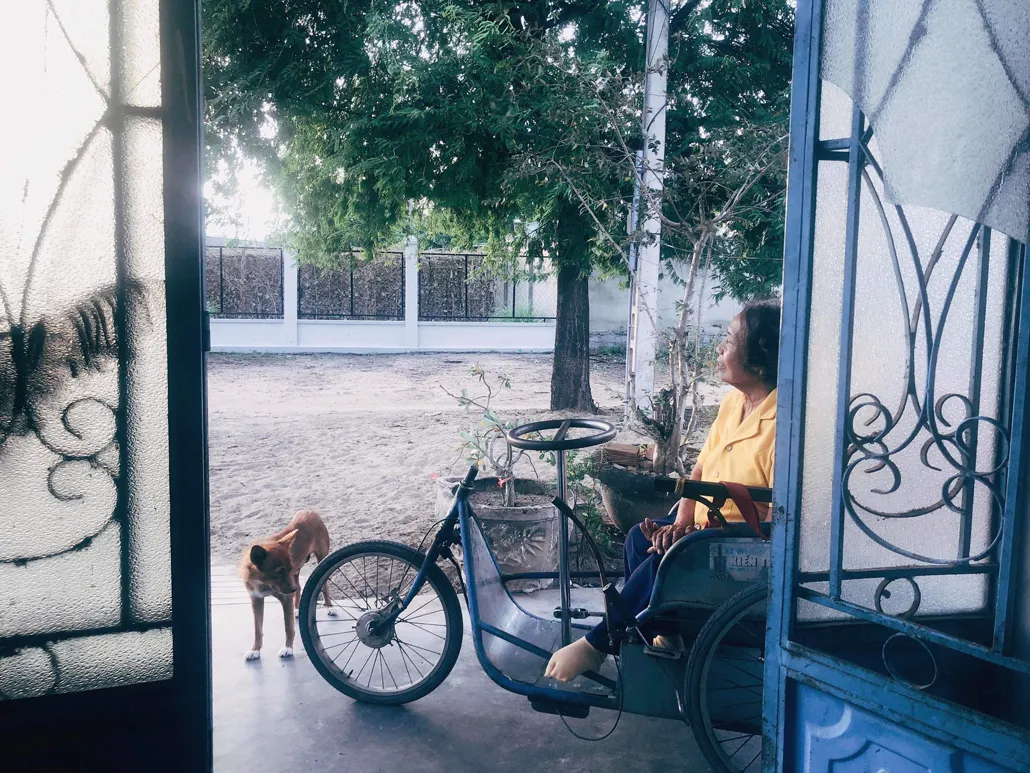
USA/New York
The journey continues into the land of unlimited opportunities. However, does this also apply to wheelchair users? The story of Quemuel Arroyo attempts to answer this question. Since sustaining a spinal injury while downhill biking in autumn 2007, he has needed a wheelchair for day-to-day life. At the beginning he struggled with his fate. “My main emotion was fear. I no longer knew where I belonged, whether I would find friends again or whether I would ever go on a date.“ His situation improved after rehabilitation. As he had been in work and had good health insurance, he received money for a particularly light titanium wheelchair. This enabled him to regain some independence.
“I need to clear obstacles out of my way myself.“
This does not, however, mean he feels integrated into society. He instead believes that he does not lead a full life and that his disabilities make him different to everyone else. Stairs are insurmountable obstacles in his day-to-day life. Tables are too high in bars and he cannot normally reach the counter. “There are also hardly any bars or restaurants with accessible toilets“, adds Quemuel. In the hope of improving the situation, he always speaks to the owners of the establishments about this discrimination. He is not normally bothered by the fact that he is unable to communicate with able-bodied people at eye level. “In a few rare cases it can feel condescending.“

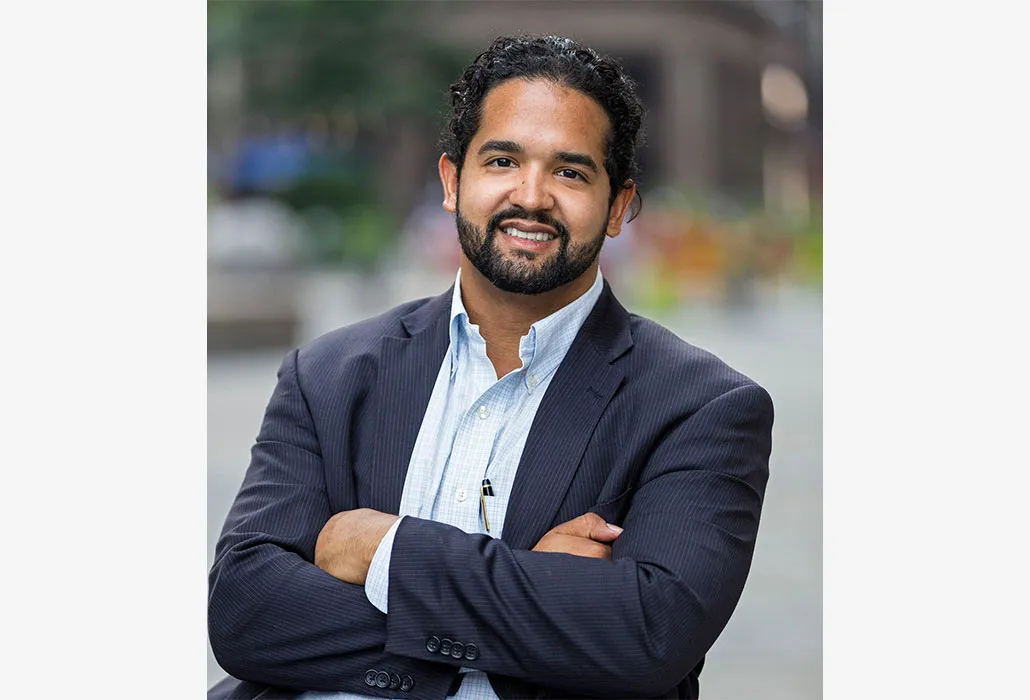
“I would like children with disabilities to feel happy and competent and to achieve the quality of life they wish for themselves.“
Switzerland/Berne
The story of Bastien Murith (26) is presented in Switzerland. He has had tetraplegia since a swimming accident in 2018. This blow of fate changed his personal life dramatically. “I’m no longer an elite athlete, but instead I’m an administrative worker.“ Bastien receives support from his accident insurance company. He was given, for example, a wheelchair that was adapted to his requirements. The disability insurance makes sure that his day-to-day expenses are covered.
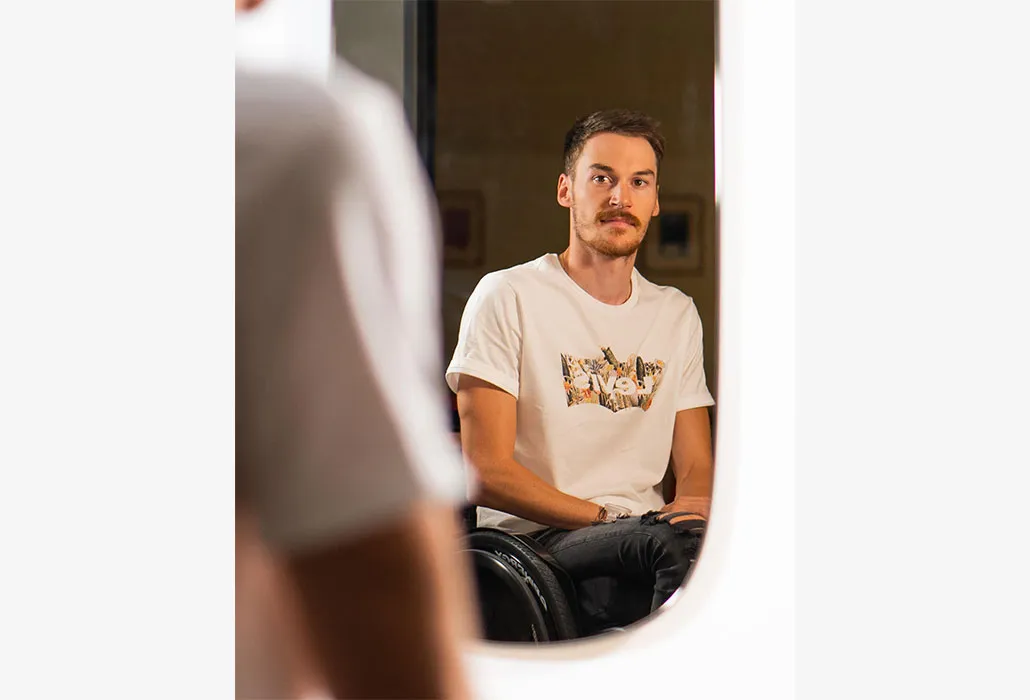
“I’m on my own journey. Whoever wants to come with me, can simply join me.“
“I feel extremely integrated.“
Bastien has to constantly deal with new challenges in his day-to-day life, too. He has, however, noticed how his surroundings are slowly adapting to wheelchair users. “There are an increasing number of paths that are wheelchair accessible. But this all takes time.“ As a person with tetraplegia, he has to plan additional time for day-to-day things.
Bastien feels integrated into society. He is very active in disabled sport and trains up to 14 hours a week. His biggest wish is for disabled sport to become as well-known as normal sport. It does not bother him that he is unable to communicate with able-bodied people at eye level. “To be perfectly honest, it doesn't matter to me. Of course, I get a sore neck from looking up all the time, but that's not so bad.“
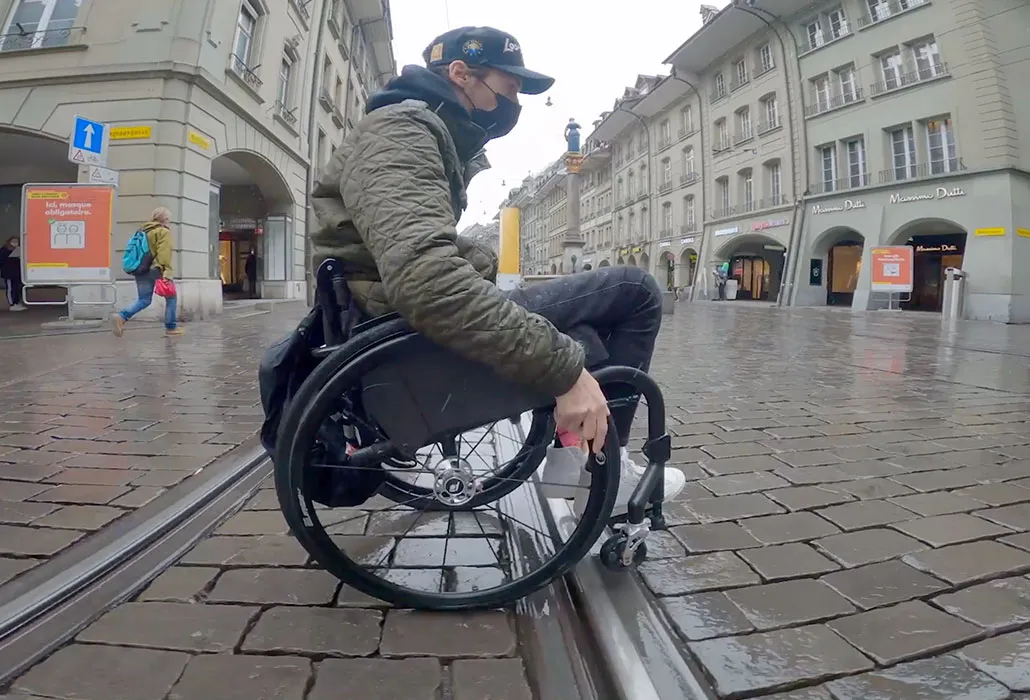
Mexico/Mexico City
Estela Aguilar Ruiz was born with an open back (spina bifida). This is why she has needed a wheelchair for the past eight years. “It took a while for me to find the right wheelchair“, she remembers. Due to her disability, she moved to the capital Mexico City. She believes that it is impossible to lead a normal life outside cities given the daily difficulties. She receives no state support. Occasionally she receives donations from NGOs (non-governmental organisations).
“When staff are meant to open doors for me, there is often nobody there.“
However, even in a city like Mexico City there are great challenges in day-to-day life for Estela. The lack of accessibility in public transport, in particular, is a daily problem for her. Toilets in public spaces are also often not adapted to the needs of wheelchair users. This did not stop Estela. “It took a long time, but now I can be extremely independent. It wasn't easy – but I’ve learnt that I can also surpass myself.“
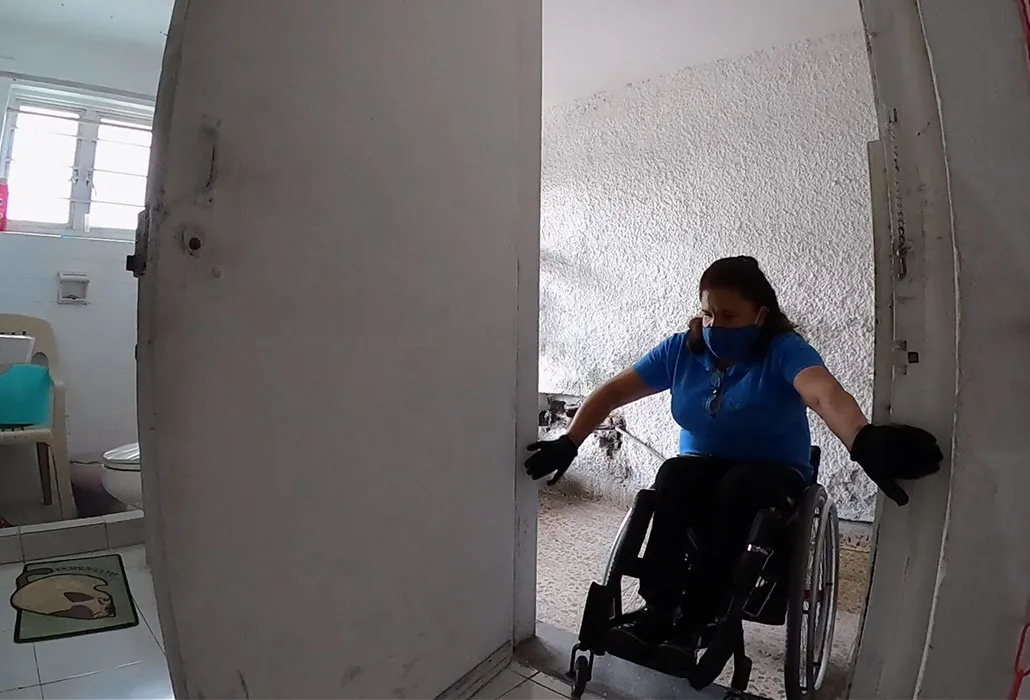
She likes to share her experience with other people with a spinal cord injury. Especially those who are not yet able to shape their day-to-day life independently. “I’d like to continue to help others and to show them all the things they can do in a wheelchair“, she says. Through her place of work she meets with people with a spinal cord injury every day and teaches them how to use a wheelchair. “Here, I not only discovered how much I’m able to do, but also that I can pass on this knowledge to others.“
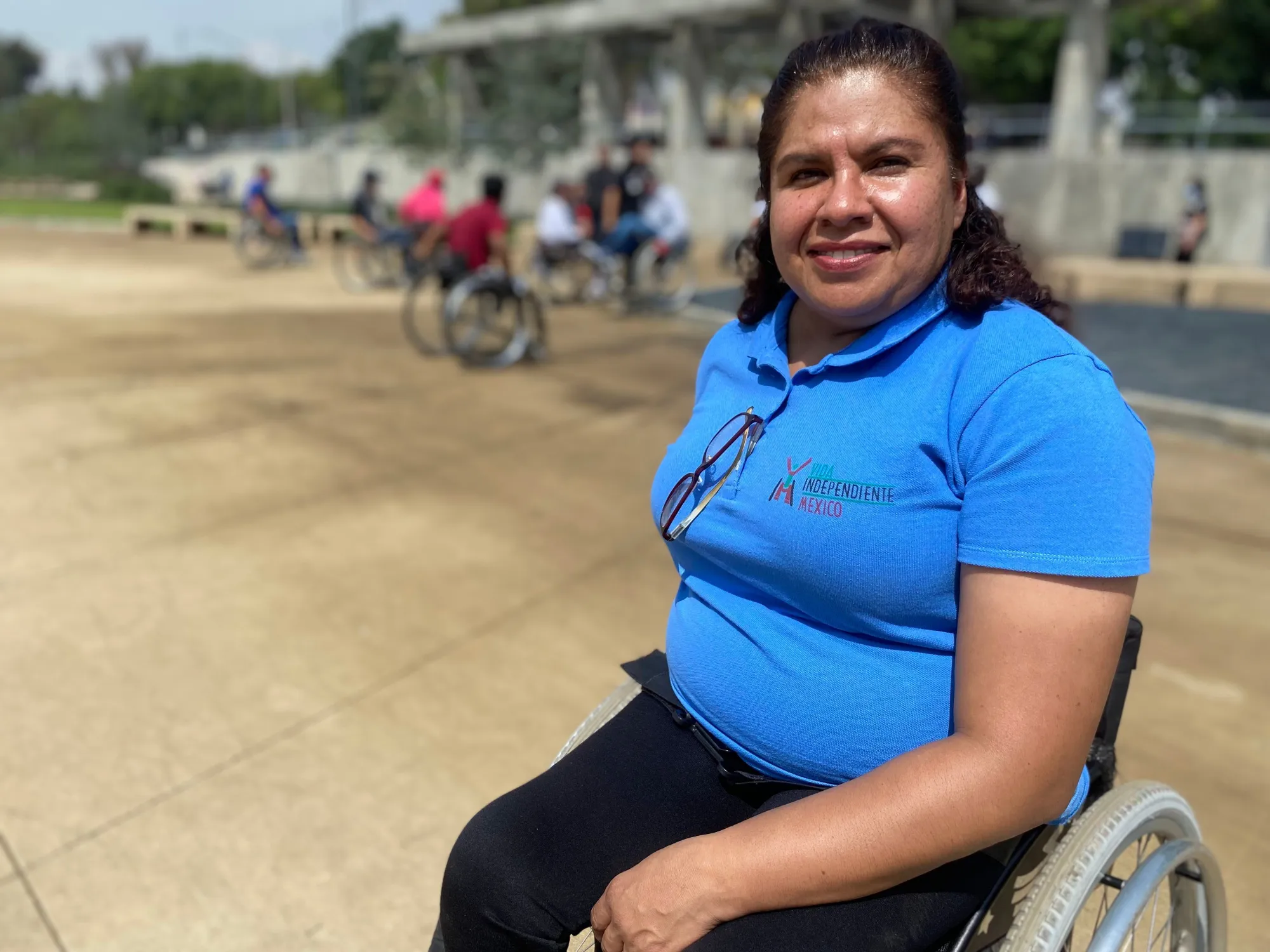
“I belong to my community and help others to become part of it. Especially if they haven't long been in a wheelchair and do not yet have much experience of it.“
Iran/Tehran
The last story is about the fate of Fariba Asgari. During a car accident, her car with all its occupants crashed over the edge of a cliff. Three members of her family died and she sustained an irreversible spinal injury. She has been in wheelchair ever since. At first Fariba had great difficulties. She often used to fall out of her wheelchair in the middle of the road. The time in a rehabilitation unit was decisive for her and allowed her to find hope. “It paved the way for me to acquire new skills and abilities. There’s even a small university there where I’m studying now.“

“Despite my disability, I’m able to do a lot more with my life than most healthy people.“
«I worked hard to integrate back into society.»
After her accident, Fariba quickly wanted to become part of society again. “I’m an extremely sociable person and it was important to me to maintain my social life.“ In the meantime she knows where all the accessible places in Tehran are. There are, however, many places that are not accessible. “Tehran is not a wheelchair accessible city at all. Many hair salons, government buildings and even my son’s school are not accessible“, she adds. Sport is her great passion. She has already won competitions in an extremely wide range of disciplines. She is also a weightlifting judge.
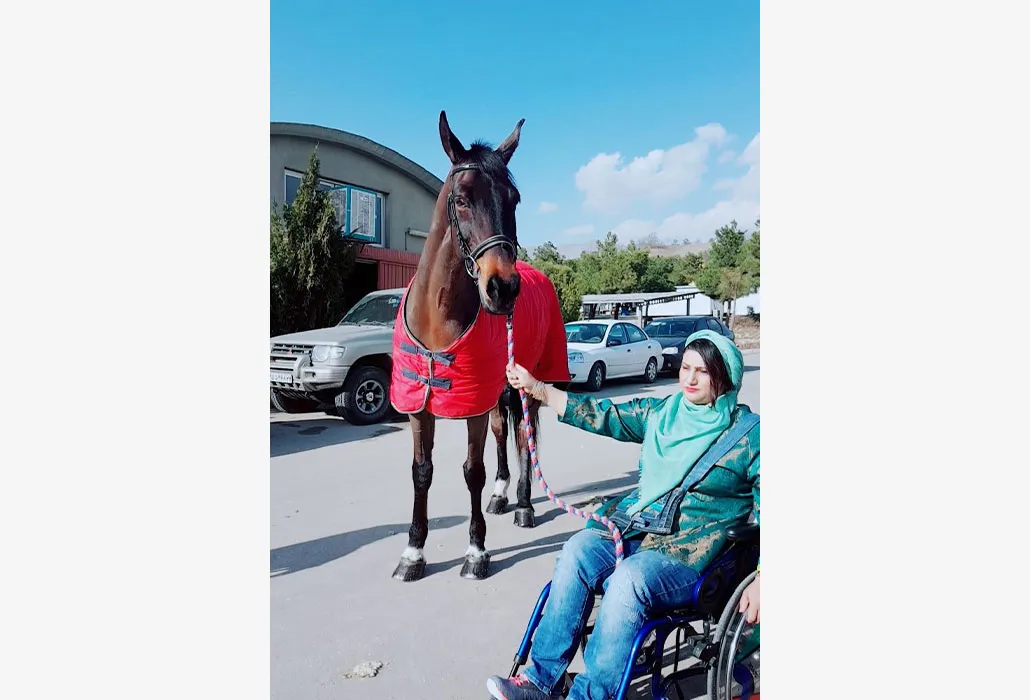
Our journey around the world ends in Tehran. The perspective films of the Swiss Paraplegic Foundation will provide you with further fascinating insights into the day-to-day life of people with a spinal cord injury. At Eye Level is just one of four perspective films. The films show wheelchair users in various situations with the aim of raising audience awareness of the topic of spinal cord injuries. The films invite you to look at the topic from a different perspective.
Every other day somebody in Switzerland sustains a spinal cord injury.
Spinal cord injuries result in high follow-up costs, e.g. for home and car modifications. This is why you should become a member of the Benefactors' Association of the Swiss Paraplegic Foundation so that you receive CHF 250,000.00 should the unthinkable happen.
Become a member now
Subscribe to the newsletter
I would like to take an exclusive look behind the scenes of the Swiss Paraplegic Foundation.
Werden Sie jetzt Mitglied und erhalten Sie im Ernstfall 250 000 Franken.

